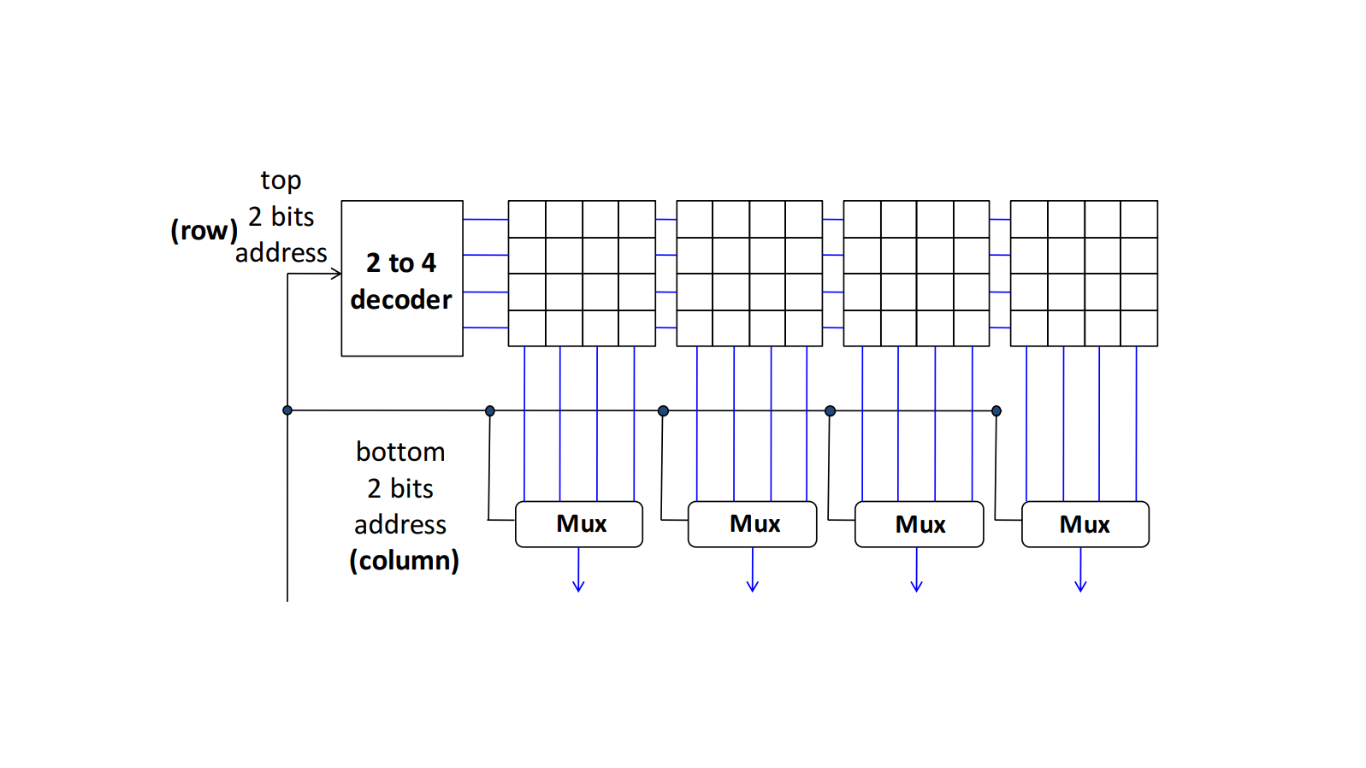What is Column MUX?
Column multiplexing helps to improve the data bandwidth of memory devices, by increasing the number of bits accessible in a single cycle.

Ccolumn mux (multiplexer) in memory plays a crucial role in selecting and accessing specific columns of data stored in the memory array. In memory systems like DRAM (Dynamic Random-Access Memory) or SRAM (Static Random-Access Memory), we organize data in a two-dimensional array with rows and columns, where each memory cell stores a bit of data. This organization allows you to efficiently retrieve the information you need from the memory.
The column mux functions as a selector that enables the reading or writing of data from/to a particular column in the memory array. It takes input signals, such as the column address, and determines which column of the memory array to activate. This capability allows the memory controller to access and manipulate data stored in a specific column.
By utilizing the column mux, the memory system can efficiently retrieve or update data at a precise location in the memory array without the need to access the entire array. This optimization enhances memory access speed and overall system performance.
In conclusion, the column mux serves as a vital component in memory systems by facilitating the selection and retrieval of data from a specific column in the memory array, enabling efficient data access and manipulation.